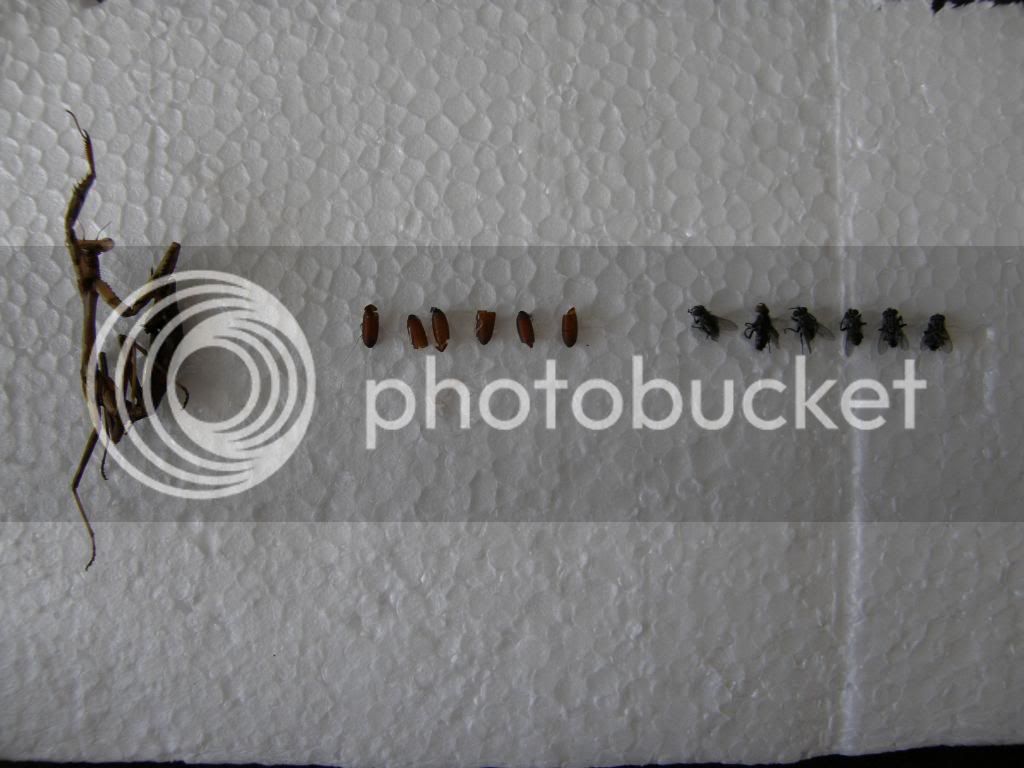Yes, you ask some good questions.First, as Christian mentioned, there are three families of parasitoid flies the Sarcophagidae, Nemestrinidae and Tachinidae. I think (guess) that Rick's come from the last family because of the "neck" that separates the head from the thorax. They are (external) ectoparasites that lay their eggs on the body of their host, and may use a number of different hosts, like grasshoppers, beetles, true bugs and mantids.
The newly hatched larva uses an enzyme that softens the host's defensive cuticle, and burrows it's way in. It does not enter the host's digestive tract by any other manner. The eggs of an eaten fly would be digested by the mantis.
So, 1)Yes, we do know what the parasites are, if not the exact species. 2)We know where they come from. There are quite enough indigenous parasites to obviate the need for worrying about imported ones. 3) We probably don't know all of the insects parasitized by one family of flies, but we know that some directly parasitize mantids and that a mantis can't "catch" a parasite from eating infested prey, so this is not a very pressing issue. 4) It's not a coincidence that parasites are emerging from their hosts at this time of year. The hosts have served their usefulness, and in climates too cold to supply a new generation of flies with hosts immediately, the flies will overwinter as pupae.
I know that this repeats a lot of stuff that has gone before, but I hope that it pulls some of it together.














































